“I had just pushed over and I could see the string of three planes in line ahead of me. Had Hiryu remained on a steady course, Gallaher would have hit it, but the ship’s sudden turn prevented that. The next pilot, Reid Stone, also missed. He was following Gallaher closely in his dive and likewise did not have time to correct. Thankfully, the third pilot, Richard Jaccard—a junior pilot who missed Kaga in the morning attack—delivered the first hit. The rookie’s 500-pound bomb plunged through Hiryu’s forward elevator, flinging the big steel slab up against the bridge.
“As I plunged toward the sea, fourth in line, I remember thinking this was my toughest dive yet. In the morning, I had to hit a moving target. Now I had to hit not only a moving target, but one that was also in the middle of a sharp turn. In a few seconds, I sized up the enemy carrier and determined its speed and turning radius. Hiryu, smaller than Kaga and Akagi, turned remarkably fast. Its bow would be off its own port quarter in twenty seconds, meaning it could complete a 120-degree turn in that short a period of time. Yikes! Once again I aimed for the unblemished Rising Sun on the flight deck. I didn’t aim directly to hit the ship, but aimed for where the ship was going to be as it continued that turn.
“I took my plane down to a low altitude—about 1,500 feet—and released my payload. My bombs plunged into Hiryu’s smoking flight deck.
“When I pulled up, I stood the plane on its tail. This time I really wanted to see the damage unfold. Looking over my shoulder, I could see that my 500-pounder had landed about sixty feet in front of where Jaccard’s bomb had hit. My bombs smashed into the flight deck and, like a giant hand rolling a taco, just folded it over. I must say, the sight of the Hiryu’s destruction seared itself into my memory. Even now I can close my eyes and see the image of the mutilated flight deck clear as day. It’s probably my most vivid recollection of the battle. With the flight deck peeled away, I saw Hiryu’s innards, rows of planes kept belowdecks. Flying debris and flames pulverized them and produced such a huge fire that little else could be seen on Hiryu’s bow. Still, the fire was nothing in comparison to the fires I had seen in the morning attack.”
N. Jack “Dusty” Kleiss, Never Call Me a Hero, p. 219-220.
This passage is memorable as the final climatic point in the epic battle of Midway, as dive-bomber pilot Dusty Kleiss recounts landing the final blows on the Japanese carrier fleet, sinking the fourth and last Japanese carrier in the attack force late in the afternoon on June 4, 1942. It was the battle that not only changed the fortunes of the United States in the Pacific war, but arguably marked the turning point between the Allied and Axis powers in the global war as well.
Midway was a huge strategic victory for the United States in the war against Japan, and in the larger scheme of World War II, for several reasons. First, in a single morning it decimated the Kido Butai, the Japanese carrier fleet which up to that point had been the finest naval force in the world. Second, it decisively ended Japan’s opportunity to end the war with a quick military strike to be followed by a negotiated peace. Had the Japanese sunk the American carrier fleet at Midway and then threatened or occupied Hawaii, the Americans might have had to sue for peace and the Japanese would have kept the empire they had acquired in Asia and the southwest Pacific. Third, if the Japanese had triumphed at Midway, there would have no doubt been political support in the United States to reevaluate President Franklin Roosevelt’s “Germany first” strategy, with material and strategic consequences that would have impacted the European war. Fourth, it shifted the military initiative in the Pacific to the Americans, who could now contemplate beginning ground operations to roll back Japanese-occupied territories (which the Americans did, beginning at Guadalcanal in August 1942). Fifth, by holding the base at Midway as a refueling base for submarines, the Americans shaved 2,300 miles off submarine patrols, allowing the American submarine campaign to go forward with gradually tightening the economic noose by destroying Japanese shipping. Sixth, the Japanese lost their best carrier aviators and squadrons in the battle, which were human resources for both battle and training which could not be replaced (both Japanese and German pilots in World War II essentially flew until they died). Seventh, Japanese military morale was deeply impacted. News of the defeat was hidden from the public, but from this point forward the Imperial Japanese army would have to wage an increasingly desperate defensive struggle to halt the relentless American advance toward the home islands.
But it should be noted that the battle of Midway was not over on June 4, 1942, when Dusty Kleiss became the only pilot, along with Dick Best, to score bomb hits on two aircraft carriers (Kleiss struck the Kaga and Hiryu, while Best struck the Akagi and the Hiryu as well). Even after the four carriers were sunk, the Japanese hoped to damage the American carriers by stalking them with the remaining battleships in their fleet. Damage was done on both sides in the few following days. The Yorktown had valiantly stayed afloat despite bombing damage, but succumbed to torpedo strikes from a Japanese submarine. Kleiss would score one more bomb strike, sinking the Japanese cruiser Mikuma on June 6, before Admiral Raymond Spruance would break off the battle and seal the victory by disengaging the American fleet on June 7, 1942—exactly six months to the day after Pearl Harbor.
When the Enterprise docked back at Pearl Harbor on June 13, Dusty Kleiss knew that he had survived an epic battle. What he did not know at that moment was that for him, combat was over. Unlike the Japanese and Germans, the Americans rotated their experienced pilots back home to train new aviators. This policy allowed experienced combat pilots to train new pilots with realistic aerial scenarios. This was an edge, particularly as the war went forward and the new pilots faced enemy pilots whose combat training was rudimentary, given that their experienced combat pilots were killed off. Kleiss was rotated home to be a training pilot for the rest of the war.
Less than a month after the battle of Midway, Kleiss married his beloved Jean in Las Vegas on July 3, 1942, and they were married for 64 years until her death. Dusty Kleiss committed to write his memoir Never Call Me a Hero at the age of 99 because he believed that he owed it to his comrades and to history. He insisted that the real heroes of the Battle of Midway were men like his friends Bill West, Tom Eversole, and Bruno Gaido, all of whom were killed in the war against Japan. He said that he considered himself “just a lucky fool.” Norman Jack “Dusty” Kleiss passed away in 2016 at the age of 100 years old.
Note: This is the last of a series of four posts on Dusty Kleiss's memoir. Read Part One. Part Two. Part Three.
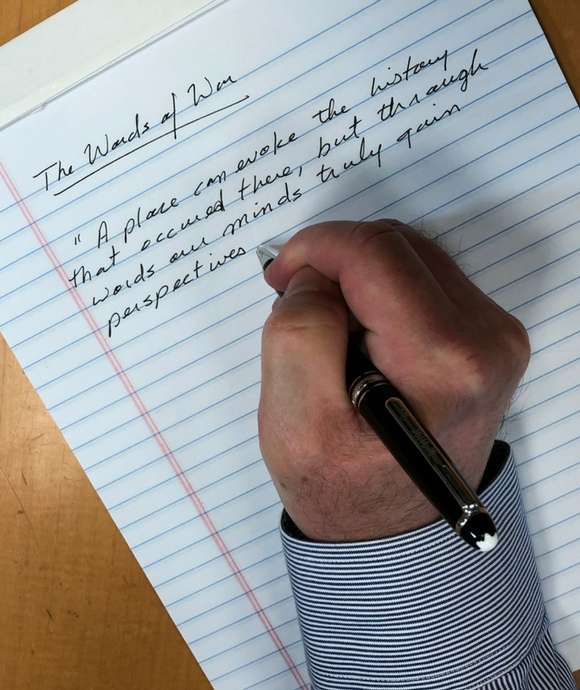
“A place can evoke the history that occurred there, but through words our minds truly gain perspectives and understanding of what it was like to know, feel, experience, hope, fail, triumph, and live through events from which we ourselves were absent. The written word is our most intricate map to retrace and reconstruct what we think happened, and ultimately brings us back to ourselves.”
– Keith Huxen, PhD , Senior Director of Research and History, The National WWII Museum
Keith Huxen
Keith is the former Senior Director of Research and History in the Institute for the Study of War and Democracy at The National WWII Museum.
Cite this article:
MLA Citation:
APA Citation:
Chicago Style Citation:
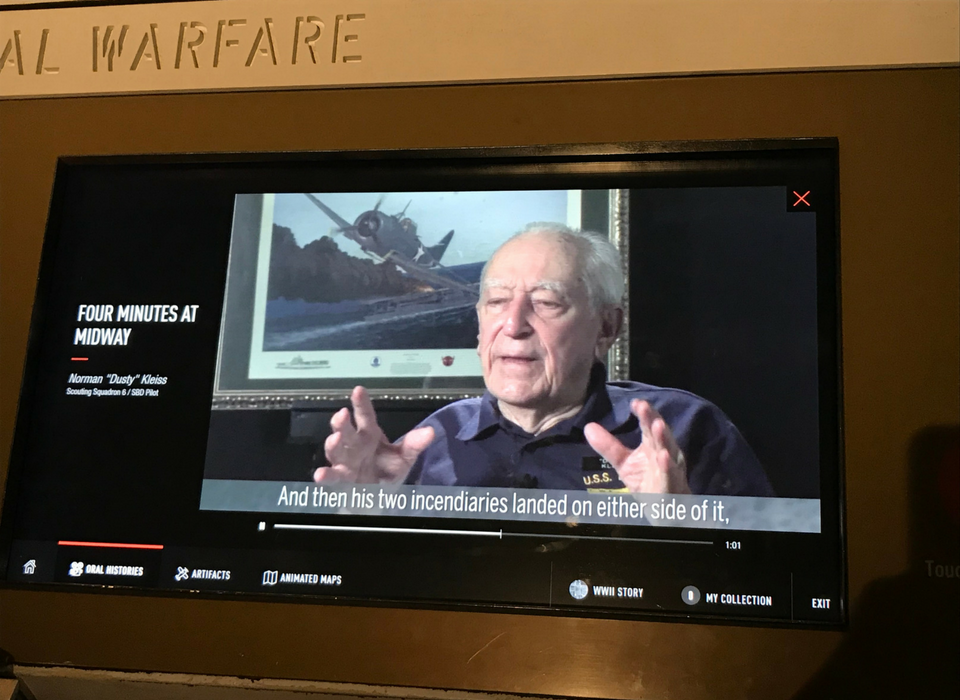
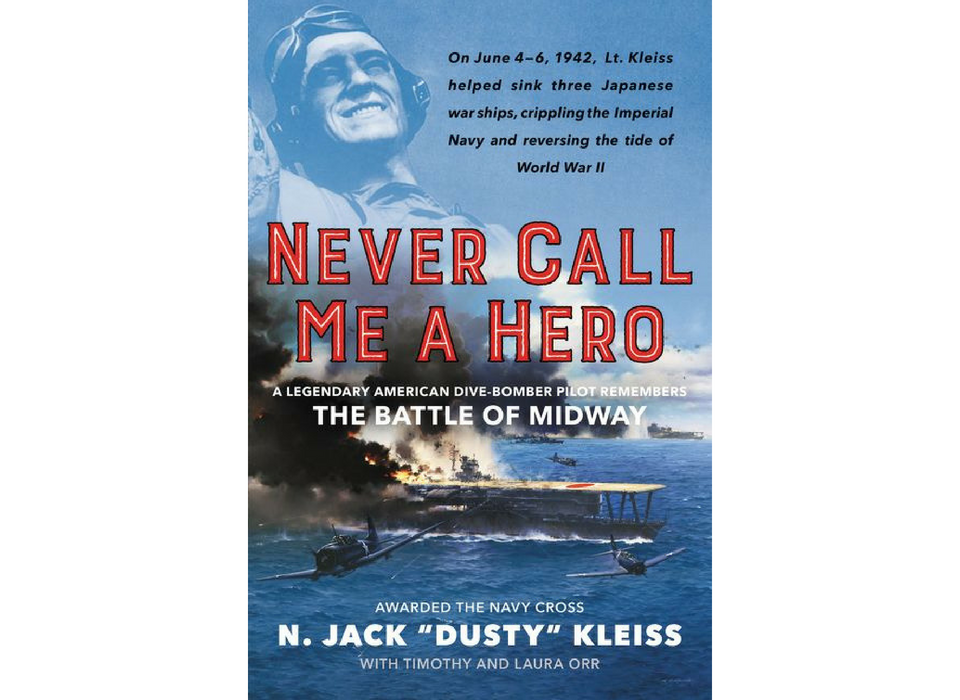

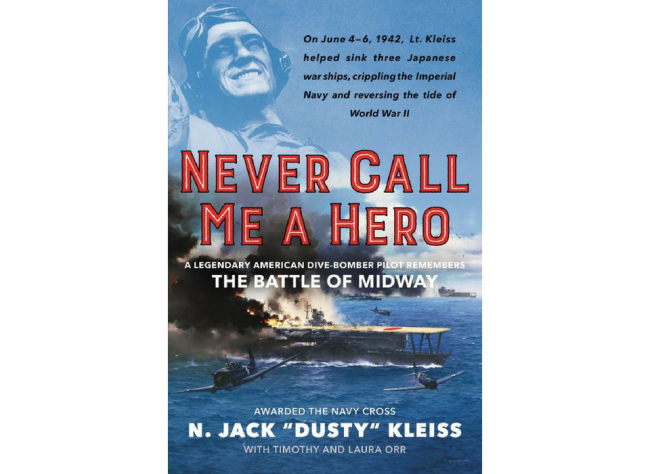
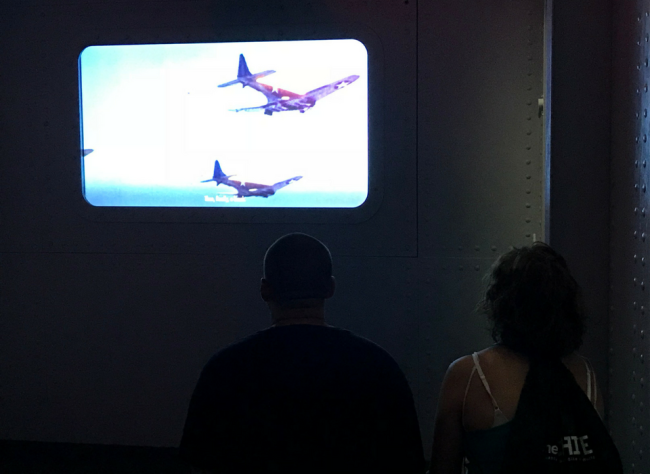
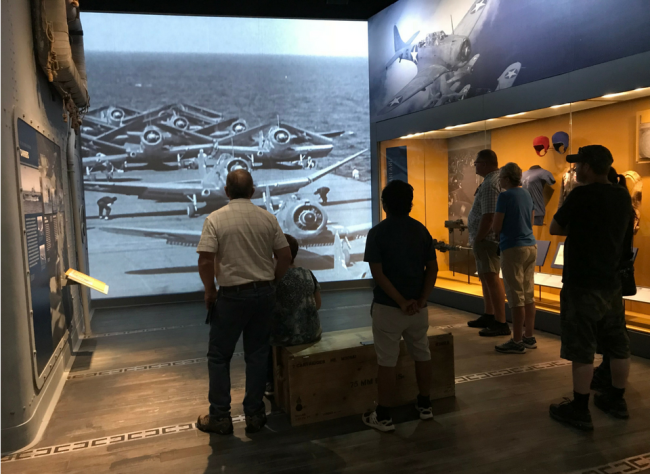





![Max Fuchs, New York City cantor, sings as Rabbi Sydney [sic] Lefkowitz, Richmond, VA, conducts the first Jewish services from Germany.](/sites/default/files/styles/max_650x650/public/2025-10/image1.jpg)

